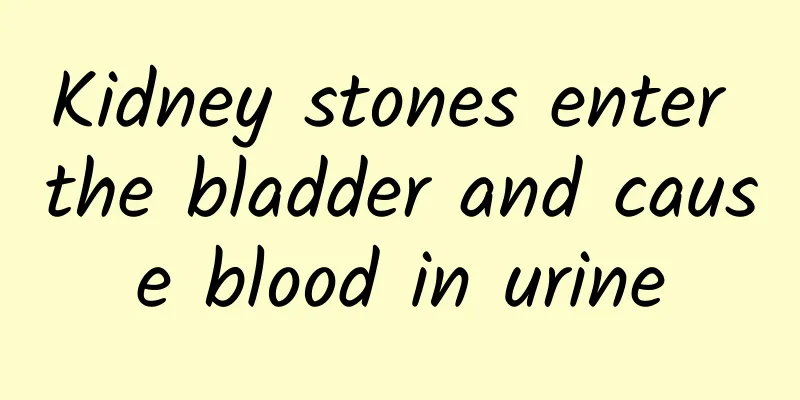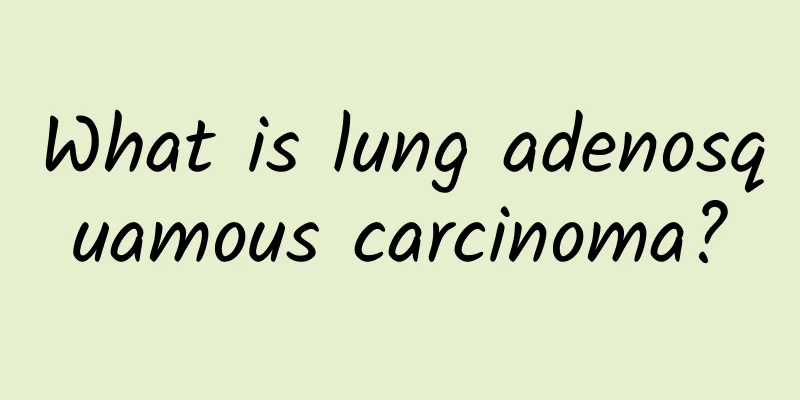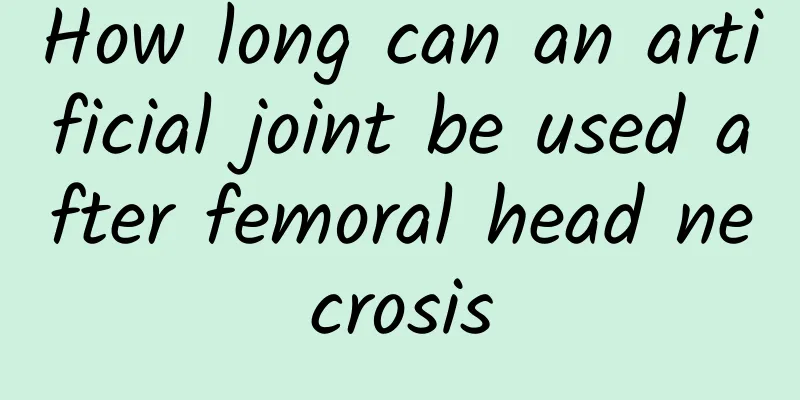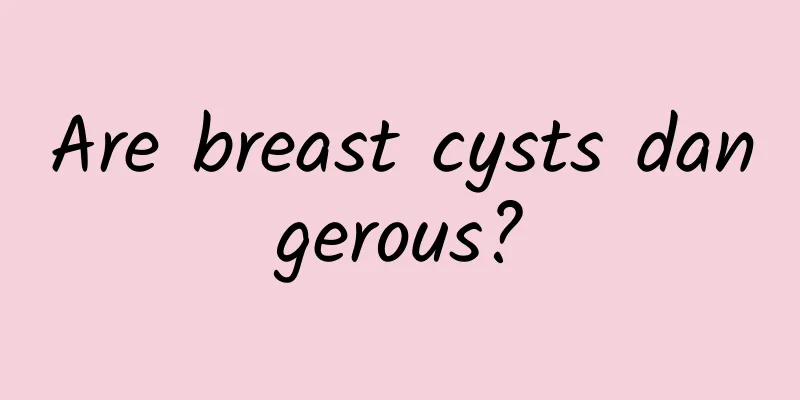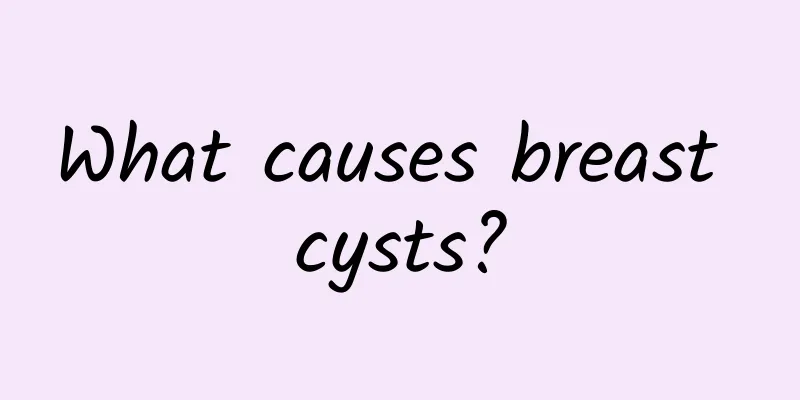Did you know that mastitis can also occur during the non-lactation period?

|
A mother in her 30s, who breastfed her baby for nearly 10 months 5 years ago. In the past 3 months, the entire left breast continued to grow larger and uncomfortable with slight pain, and anemia, low back pain and bilateral calf edema appeared and became serious. She sought medical treatment everywhere but saw no improvement. She had no family history of breast cancer, did not use estrogen drugs, had no breast trauma, and no systemic diseases were found. Finally, a tissue biopsy confirmed that it was idiopathic granulomatous mastitis. After minimally invasive drainage surgery combined with anti-inflammatory drug treatment, the patient responded well, the breast mass completely subsided, anemia and other clinical discomforts were all improved, and she recovered. Mastitis is common in lactating women, but it can also occur in non-lactating women. Clinically, symptoms include redness, swelling, heat, pain, and hard lumps in the breast, which may be accompanied by fever and general weakness. The main cause is insufficient cleaning of breast milk during feeding or improper handling of mammary gland blockage, which causes tissue damage and then leads to bacterial infection. Dietary factors or prolonged feeding intervals causing thick milk congestion can also cause mastitis. Simple breast obstruction can usually be improved with continued breastfeeding combined with physical therapy such as hot and cold compresses and massage. However, if the disease progresses to suppurative mastitis, antibiotics must be used under the guidance of clinical physicians. If necessary, repeated abscess drainage or incision and drainage surgery will be performed to cure the disease. This woman suffers from a self-limiting inflammatory disease, which means that the disease will stop automatically after developing to a certain extent and gradually recover. The clinical manifestations are breast abscesses that resemble malignant tumors, and they often develop into inflammatory breast masses within weeks to months. The correct diagnosis must be based on tissue biopsy. Corticosteroid anti-inflammatory treatment is the main way to treat the disease, and surgical excision is only used to drain the abscess and remove the remaining lesions to provide definitive treatment and reduce the risk of recurrence. This case reminds the public that when faced with mastitis that cannot be improved, consult a specialist and, if necessary, perform an invasive breast examination to confirm the cause and effectively cure the disease. |
<<: What is intramedullary nailing for tibia and fibula fractures?
>>: The difference between lumbar vertebrae hyperplasia and lumbar disc herniation
Recommend
What is the best way to treat hemorrhoids?
Treatment for hemorrhoids varies from person to p...
Is it better to preserve the gallbladder or to remove it during gallstone surgery?
Whether the gallbladder is preserved or removed d...
Can I get pregnant and have a baby with breast cysts?
Breast cysts do not usually affect pregnancy and ...
Is intravenous drip effective for hemorrhoids?
Is intravenous drip effective for hemorrhoids? Tr...
What should people who are prone to gallstones pay attention to?
People who are prone to gallstones should pay att...
What are the main precipitating factors of perianal abscess?
Perianal abscess is a common anorectal disease. I...
What to do if mastitis becomes suppurative during lactation
What should I do if mastitis becomes suppurative ...
What should I pay attention to after the puncture surgery of breast cyst
After the puncture surgery for breast cysts, you ...
TCM Syndrome Differentiation and Treatment of Allergic Vasculitis
TCM Syndrome Differentiation and Treatment of All...
Consequences of untreated gallstones
If gallstones are not treated for a long time, th...
Adrenal tumor screening methods
The examination methods for adrenal tumors includ...
How much does interventional treatment of abdominal aneurysm cost?
The most common site of aneurysm is in the neck. ...
The best way to treat gallstones
The treatment of gallstones requires choosing the...
Can congenital heart disease be detected during pregnancy?
During pregnancy, congenital heart disease can be...
What not to eat for gallstones
Patients with gallstones need to be careful about...
